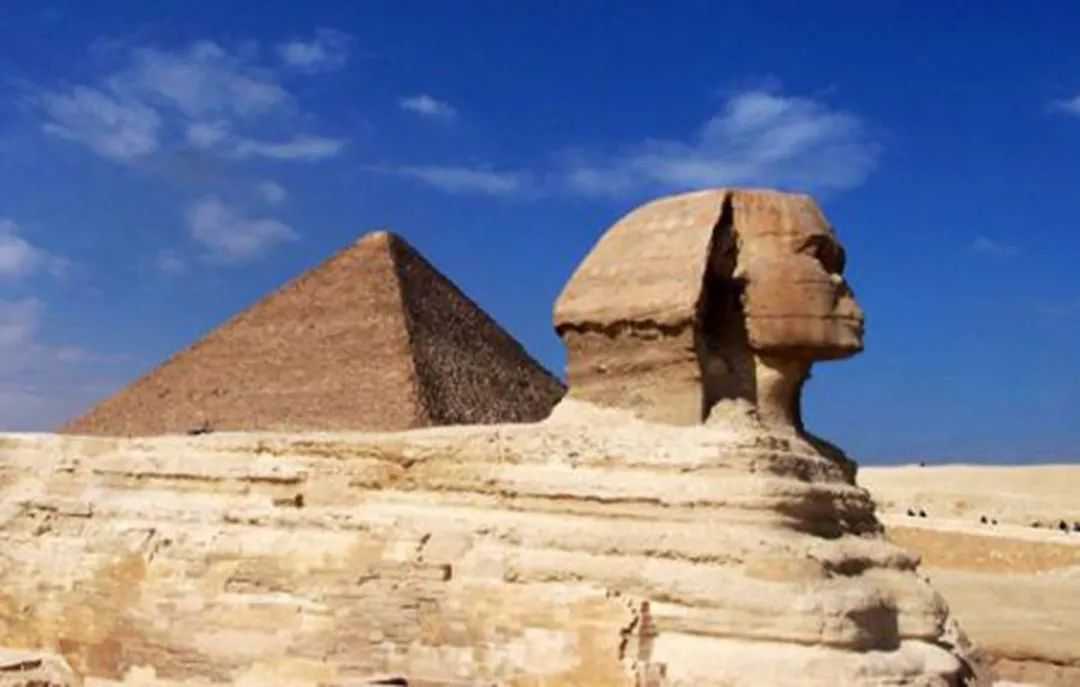Search for information
Ancient Egyptian Contraception: The Unusual Use of Crocodile DungIn ancient Egypt, a civilization renowned for its remarkable achievements, an unusual and rather astonishing method of contraception was once in use: the application of crocodile dung. This practice, which might seem bizarre to modern - day observers, was deeply rooted in the Egyptians' understanding of nature and medicine.
May 16, 2025, 11:03 am EDT

Source: Images from the Internet, if there is any infringement, please contact the removal of

IOC's Efforts to Minimize Olympics' Carbon Footprint
The Olympic Games bring together athletes and spectators from across the globe, showcasing human potential, resilience, and a sense of unity unparalleled by other sporting events. To ensure the Games are held in the most efficient and responsible manner, the International Olympic Committee (IOC)'s Olympic Agenda mandates that hosts create a lasting positive impact on the host location while minimizing environmental harm. Central to this goal is the reduction of the carbon footprint associated with the Olympics.more

Japan's Nobel Success: A Testament to Research Excellence
As of now, Japan has amassed an impressive 27 Nobel Prizes, spanning diverse fields including physics, chemistry, physiology or medicine, literature, and the peace prize. This remarkable achievement not only underscores Japan’s multifaceted contributions to global knowledge but also highlights the nation’s unwavering commitment to academic and scientific exploration across various disciplines.more

The beautiful Hollywood star was once just a normal looking girl(1)
The beautiful Hollywood star was once just a normal looking girlmore

Nepal's Unique Tradition: Annual Homage to Dogs
In Nepal, a country rich in culture and traditions, there exists an extraordinary annual ritual dedicated to man’s best friend—dogs. This unique practice is part of a five - day festival known as “Kukur Tihar,” which is a significant segment of the larger Tihar festival, also referred to as the Festival of Lights in Nepal.more

10 Brazilian Street Snacks You Can't Miss!
In our previous two issues, we talked about the "Top 10 Favorite Dishes of Brazilians" and the "Truly Recommended Drinks by Local Brazilians." Today, let's dive into the world of Brazilian street snacks! Brazil, a vast and diverse South American country rich in natural resources, offers a culinary experience that is worth exploring in multiple articles. This time, we've selected 10 popular Brazilian snacks beloved by locals. These snacks may not look particularly stunning, but they all exude an authentic "Brazilian flavor."more

Maldives: A String of Pearls Scattered by God, Heaven Could Hardly Compare!
The Maldives, a place where there is one island per person, one hotel per island. Here, you can savor delicious food, enjoy a good sleep, take a swim in the sea, and gaze at the stars! It is a perfect destination for those seeking relaxation.more

Sri Lanka's Enchanting Tradition: Stilt Fishing
In Sri Lanka, a captivating fishing practice has endured through the ages, captivating both locals and tourists alike—stilt fishing. This unique method involves fishermen perching on tall wooden stilts that rise out of the ocean, skillfully casting their lines to catch sea fish.more

American Lunch Introduction: What Do Americans Eat for Lunch?
In America, people generally keep their lunches simple. However, in nicer restaurants, you can also order from the dinner menu. Despite their seemingly simple appearance, these delicious dishes come with intricate preparation techniques. Even an ordinary sandwich can bring you great surprises! Now, let's explore these American lunches together with our little guide.more

